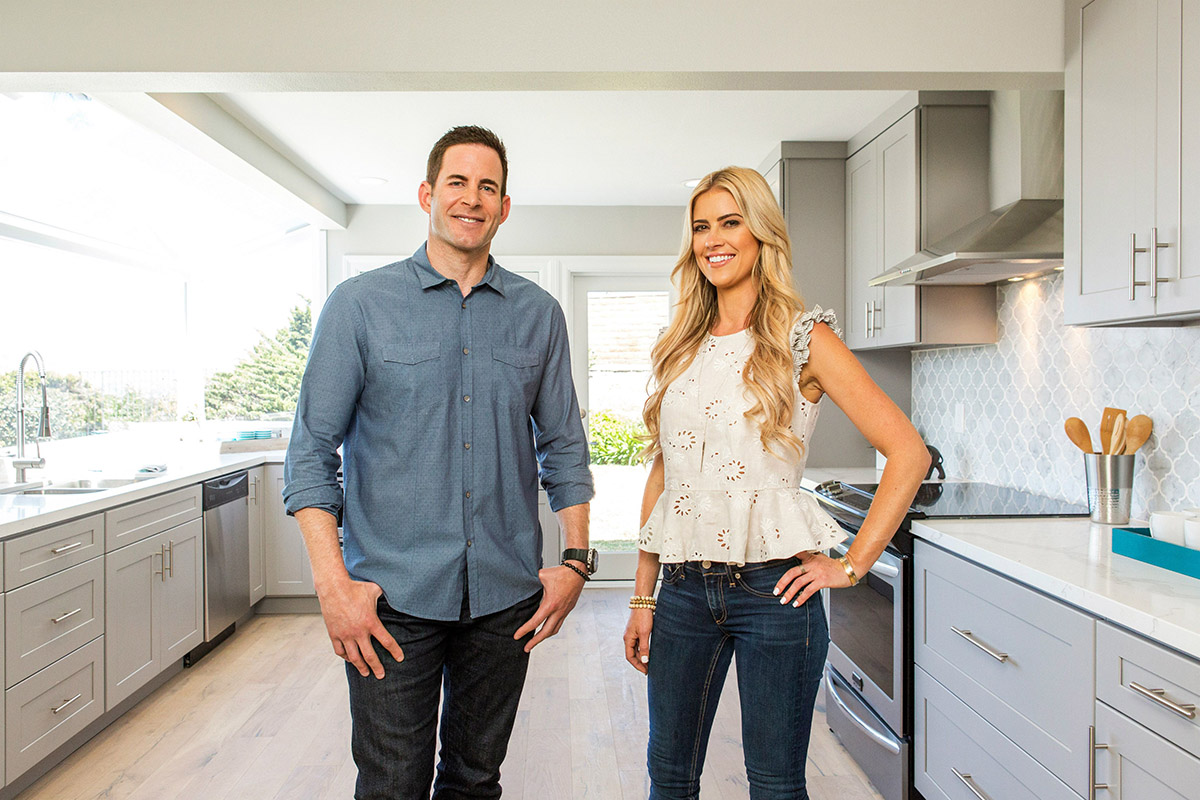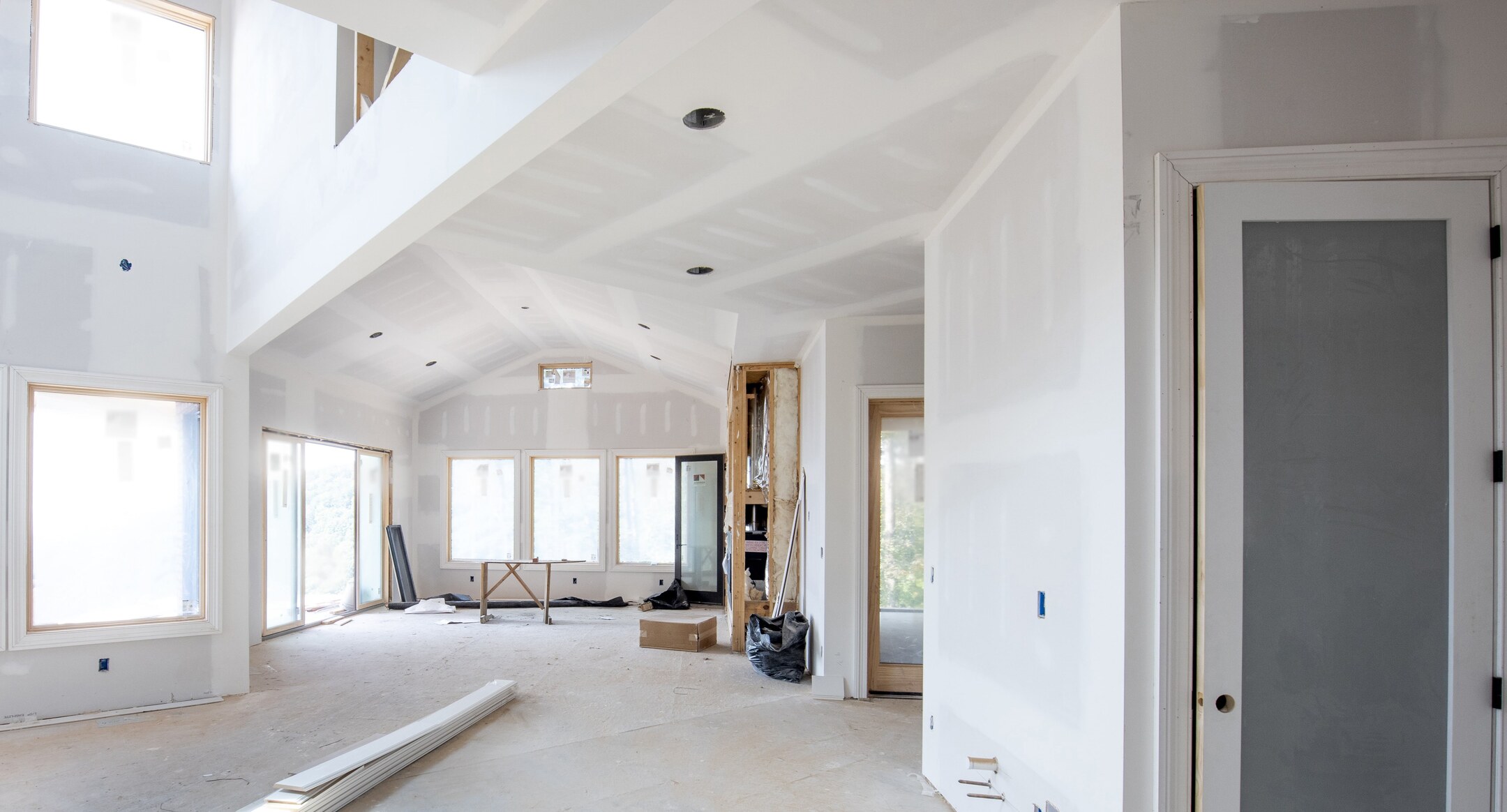Home>Renovation & DIY>Home Renovation Guides>How To Respond To A Home Improvement Complaint


Home Renovation Guides
How To Respond To A Home Improvement Complaint
Published: December 21, 2023
Learn how to effectively handle a home improvement complaint with our comprehensive home renovation guides. Get expert tips and advice to resolve issues and keep your projects on track.
(Many of the links in this article redirect to a specific reviewed product. Your purchase of these products through affiliate links helps to generate commission for Storables.com, at no extra cost. Learn more)
Introduction
Dealing with a home improvement complaint can be a challenging yet crucial aspect of running a successful renovation business. Addressing customer concerns effectively not only demonstrates your commitment to quality service but also helps in maintaining a positive reputation. In this comprehensive guide, we will explore the essential steps to respond to a home improvement complaint in a professional and empathetic manner. Understanding the homeowner's perspective, assessing the situation, and offering practical solutions are key components of this process. By following the strategies outlined in this guide, you can navigate through home improvement complaints with confidence and turn potential challenges into opportunities for positive outcomes.
Key Takeaways:
- Addressing home improvement complaints requires empathy, active listening, and transparent communication to understand and resolve homeowner concerns effectively.
- Offering practical solutions, executing resolutions with attention to detail, and conducting thorough follow-ups are essential for rebuilding homeowner satisfaction and trust.
Understanding the Complaint
When a homeowner expresses dissatisfaction with a home improvement project, it’s essential to approach the situation with empathy and a willingness to understand their perspective. Start by carefully listening to the homeowner’s concerns and acknowledging their feelings. This demonstrates respect and shows that their feedback is valued. Take notes to ensure you capture all the details of the complaint, including specific issues, timelines, and any relevant communication.
It’s important to recognize that a complaint often represents more than just a problem with the renovation work. It can also reflect the homeowner’s emotional investment in their living space and their expectations for the project. By understanding the underlying emotions and concerns, you can address the complaint with greater sensitivity and insight.
Additionally, consider the nature of the complaint. Is it related to workmanship, communication, project timeline, or budget? Understanding the specific nature of the issue will help you formulate an effective response. For example, if the complaint is about a delay in the project timeline, you can focus on addressing the reasons for the delay and providing a clear plan for moving forward.
By taking the time to fully comprehend the homeowner’s complaint, you can lay the groundwork for a constructive and respectful resolution. This understanding will inform your approach as you proceed to assess the situation and communicate with the homeowner.
Assessing the Situation
Once you have a clear understanding of the homeowner’s complaint, it’s crucial to assess the situation from a practical standpoint. This involves conducting a thorough evaluation of the specific issues raised and the overall status of the home improvement project. Begin by reviewing the original contract, project plans, and any relevant documentation to gain a comprehensive understanding of the agreed-upon scope of work.
Next, conduct an on-site assessment to visually inspect the areas of concern. Document any observable issues and consider seeking input from your team or subcontractors involved in the project. By gathering this information, you can form a comprehensive view of the current state of the project and the validity of the homeowner’s complaint.
During the assessment, it’s essential to maintain open communication with the homeowner. Schedule a meeting to discuss the complaint in person, if possible, or arrange a video call to provide a visual walkthrough of the areas in question. This transparent approach demonstrates your commitment to addressing the concerns directly and can help rebuild trust with the homeowner.
As you assess the situation, consider the potential root causes of the complaint. Was it a misunderstanding in the initial project discussions? Were there unforeseen challenges that impacted the work? By identifying the underlying factors contributing to the complaint, you can tailor your response to effectively address these issues and prevent similar problems in the future.
Ultimately, the goal of assessing the situation is to gather all relevant information, evaluate the homeowner’s concerns in context, and prepare a well-informed plan for moving forward. This proactive approach sets the stage for productive communication with the homeowner and the development of viable solutions to resolve the complaint.
Communicating with the Homeowner
Effective communication is pivotal in addressing a home improvement complaint. Once you have assessed the situation, it’s time to engage in open and transparent dialogue with the homeowner. Start by expressing your appreciation for their feedback and the opportunity to discuss the concerns in detail. This sets a positive tone for the conversation and emphasizes your commitment to resolving the issue.
When communicating with the homeowner, it’s important to listen actively and empathetically. Allow them to express their concerns fully and ask clarifying questions to ensure you have a comprehensive understanding of their perspective. Acknowledge their emotions and demonstrate empathy, showing that you recognize the impact the complaint has had on them.
During the conversation, maintain a professional demeanor while conveying genuine concern for the homeowner’s satisfaction. Clearly articulate the findings from your assessment, presenting factual information and visual evidence, if applicable, to support your points. Transparency and honesty are key components of effective communication in this context.
Be prepared to address any questions or additional concerns the homeowner may have. Offer reassurance that their feedback is valued and that you are committed to finding a resolution that meets their expectations. If there are aspects of the complaint that require further investigation or consultation with your team, communicate a clear timeline for providing updates and taking necessary actions.
Throughout the communication process, strive to maintain a collaborative and solution-oriented approach. Emphasize your dedication to reaching a mutually beneficial resolution and highlight your willingness to work together to achieve this goal. By fostering a sense of partnership and shared commitment to resolving the complaint, you can lay the groundwork for constructive problem-solving and positive outcomes.
When responding to a home improvement complaint, stay calm and professional. Listen to the customer’s concerns, acknowledge the issue, and work towards finding a solution that satisfies both parties. Keep communication open and transparent throughout the process.
Offering Solutions
When addressing a home improvement complaint, presenting viable solutions is a pivotal step in the resolution process. Drawing from the insights gained through understanding the complaint, assessing the situation, and communicating with the homeowner, it’s time to propose practical and effective remedies to address the concerns raised.
Begin by outlining specific action steps that directly target the issues highlighted in the complaint. Whether it involves rectifying workmanship deficiencies, adjusting project timelines, or revisiting communication protocols, your solutions should be tailored to align with the homeowner’s expectations and the original project agreement. Clearly articulate how each proposed solution addresses the homeowner’s concerns and contributes to achieving a satisfactory resolution.
Transparency is crucial when offering solutions. Clearly communicate the details of each proposed remedy, including the associated timelines, costs (if applicable), and the expected outcomes. This level of transparency demonstrates your commitment to resolving the complaint in a fair and comprehensive manner and helps rebuild trust with the homeowner.
Moreover, consider the potential for preventive measures to avoid similar issues in the future. Whether it involves enhancing quality control processes, refining communication protocols, or implementing additional project oversight, proactive measures can demonstrate your dedication to continuous improvement and customer satisfaction.
Throughout the solution presentation, invite the homeowner to provide feedback and ask for their input on the proposed actions. This collaborative approach fosters a sense of partnership and reinforces the homeowner’s role in the resolution process. By engaging the homeowner in the decision-making process, you demonstrate a commitment to addressing their concerns in a manner that aligns with their preferences and expectations.
Ultimately, the goal of offering solutions is to provide a clear roadmap for resolving the complaint and restoring the homeowner’s confidence in your services. By presenting thoughtful and practical remedies, you can demonstrate your commitment to customer satisfaction and lay the foundation for a positive resolution.
Read more: How To Stop Google Home From Responding
Resolving the Complaint
Resolving a home improvement complaint involves implementing the proposed solutions in a diligent and timely manner, with a focus on achieving the homeowner’s satisfaction and restoring confidence in your services. Once the homeowner has reviewed and provided feedback on the proposed remedies, it’s time to move forward with the agreed-upon actions.
Initiate the resolution process by clearly communicating the implementation plan to the homeowner. Provide a detailed timeline for each step of the resolution, outlining the specific tasks, responsible parties, and anticipated completion dates. This level of transparency demonstrates your commitment to addressing the complaint with precision and accountability.
Throughout the resolution process, maintain open lines of communication with the homeowner. Provide regular updates on the progress, address any unforeseen challenges proactively, and be responsive to any additional concerns or questions that may arise. By keeping the homeowner informed and engaged, you can foster a sense of trust and transparency throughout the resolution journey.
As you execute the proposed solutions, prioritize quality and attention to detail. Whether it involves rectifying workmanship issues, revising project timelines, or enhancing communication practices, ensure that each aspect of the resolution reflects your dedication to delivering high standards of service and craftsmanship.
Upon completing the resolution steps, schedule a final walkthrough or meeting with the homeowner to review the implemented solutions. This provides an opportunity to showcase the improvements made, address any remaining concerns, and gather feedback on the overall resolution process. Actively seek the homeowner’s input on their satisfaction with the outcomes and their experience throughout the resolution journey.
Finally, upon reaching a resolution that aligns with the homeowner’s expectations, express your gratitude for their patience and cooperation throughout the process. Emphasize your commitment to continuous improvement and customer satisfaction, and reiterate your dedication to delivering exceptional service.
By effectively resolving the complaint and prioritizing the homeowner’s satisfaction, you can not only address the immediate concerns but also reinforce your reputation as a reliable and customer-centric home renovation professional.
Following Up
After successfully resolving a home improvement complaint, it’s essential to conduct a follow-up to ensure the homeowner’s ongoing satisfaction and address any lingering concerns. This proactive step demonstrates your commitment to maintaining a positive relationship with the homeowner and reinforces your dedication to delivering exceptional service.
Initiate the follow-up process by reaching out to the homeowner to express appreciation for their collaboration throughout the resolution journey. Acknowledge the impact of their feedback on the improvement process and emphasize your commitment to their ongoing satisfaction. This personalized approach sets a positive tone for the follow-up interaction and reinforces the homeowner’s value to your business.
During the follow-up conversation, inquire about the homeowner’s experience following the resolution of the complaint. Encourage open and honest feedback, and actively listen to any additional concerns or suggestions they may have. By providing a platform for the homeowner to express their thoughts, you demonstrate a genuine interest in their satisfaction and continuously improving your services.
Moreover, use the follow-up as an opportunity to reaffirm your commitment to addressing any remaining issues or implementing further improvements, if necessary. Whether it involves scheduling a secondary inspection, addressing minor touch-ups, or discussing long-term maintenance considerations, your proactive approach can further solidify the homeowner’s confidence in your dedication to their satisfaction.
As part of the follow-up, consider sending a personalized note of appreciation or a small token of gratitude as a gesture of goodwill. This thoughtful gesture can leave a lasting positive impression and further strengthen the homeowner’s trust in your business.
Finally, maintain ongoing communication with the homeowner beyond the immediate follow-up. Periodically check in to ensure their continued satisfaction with the completed project and address any new questions or concerns that may arise. By nurturing an ongoing relationship, you can foster loyalty and potentially secure future opportunities for collaboration.
By conducting a comprehensive and attentive follow-up, you can reinforce the positive outcomes of the complaint resolution process, solidify the homeowner’s satisfaction, and position your business as a reliable and customer-focused home renovation provider.
Conclusion
Responding to a home improvement complaint is a multifaceted process that requires empathy, proactive communication, and a commitment to delivering effective solutions. By understanding the homeowner’s perspective, assessing the situation thoroughly, and engaging in transparent and collaborative communication, you can lay the groundwork for a constructive resolution. Offering practical and tailored solutions, diligently executing the resolution process, and conducting a comprehensive follow-up all contribute to restoring the homeowner’s confidence and reinforcing your dedication to exceptional service.
Throughout this guide, we have emphasized the importance of empathy and active listening when addressing a complaint. By acknowledging the homeowner’s concerns and demonstrating genuine understanding, you can build trust and create a positive foundation for the resolution process. Transparent and open communication, coupled with a proactive approach to offering solutions, ensures that the homeowner feels valued and heard throughout the journey to resolution.
Furthermore, the commitment to quality and attention to detail in executing the proposed solutions are pivotal in rebuilding the homeowner’s satisfaction and confidence. By prioritizing the homeowner’s experience and continuously seeking their feedback, you can foster a lasting and positive relationship that extends beyond the immediate resolution of the complaint.
In conclusion, responding to a home improvement complaint is not only about addressing a specific issue but also about demonstrating your dedication to customer satisfaction and continuous improvement. By approaching complaints with empathy, professionalism, and a commitment to delivering effective solutions, you can transform challenges into opportunities for strengthening your reputation and solidifying positive relationships with homeowners.
Remember, each complaint presents a chance to showcase your commitment to excellence and to foster trust and loyalty with your customers. Embrace these opportunities, and let them serve as a testament to your unwavering dedication to providing exceptional home renovation services.
Frequently Asked Questions about How To Respond To A Home Improvement Complaint
Was this page helpful?
At Storables.com, we guarantee accurate and reliable information. Our content, validated by Expert Board Contributors, is crafted following stringent Editorial Policies. We're committed to providing you with well-researched, expert-backed insights for all your informational needs.















0 thoughts on “How To Respond To A Home Improvement Complaint”